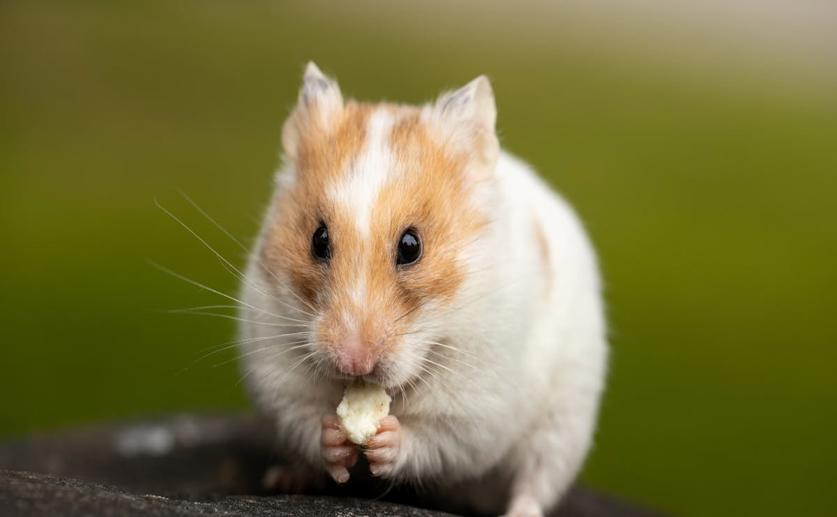
Comparing Hunting Choices in Hamsters Using Data Compression Techniques
Greg Howard
16th July, 2024

Image Source: Sharon Snider (photographer)
Key Findings
- The study by the Russian Academy of Sciences focused on the hunting behaviors of five Cricetinae species, including the desert hamster Phodopus roborovskii
- P. roborovskii exhibited the most variable hunting behavior, showing a range of optional behaviors
- In contrast, P. campbelli and Allocricetulus curtatus displayed more ordered and predictable hunting sequences
- The study concluded that ecological conditions, rather than phylogenetic differences, primarily shape the hunting behaviors of these species
BiochemAnimal ScienceEvolution
References
Main Study
1) Comparative analysis of optional hunting behavior in Cricetinae hamsters using the data compression approach
Published 15th July, 2024
https://doi.org/10.1186/s12983-024-00540-4
Related Studies
2) Physiological resistance of grasshopper mice (Onychomys spp.) to Arizona bark scorpion (Centruroides exilicauda) venom.
3) Voltage-gated sodium channel in grasshopper mice defends against bark scorpion toxin.



 31st May, 2024 | Jenn Hoskins
31st May, 2024 | Jenn Hoskins